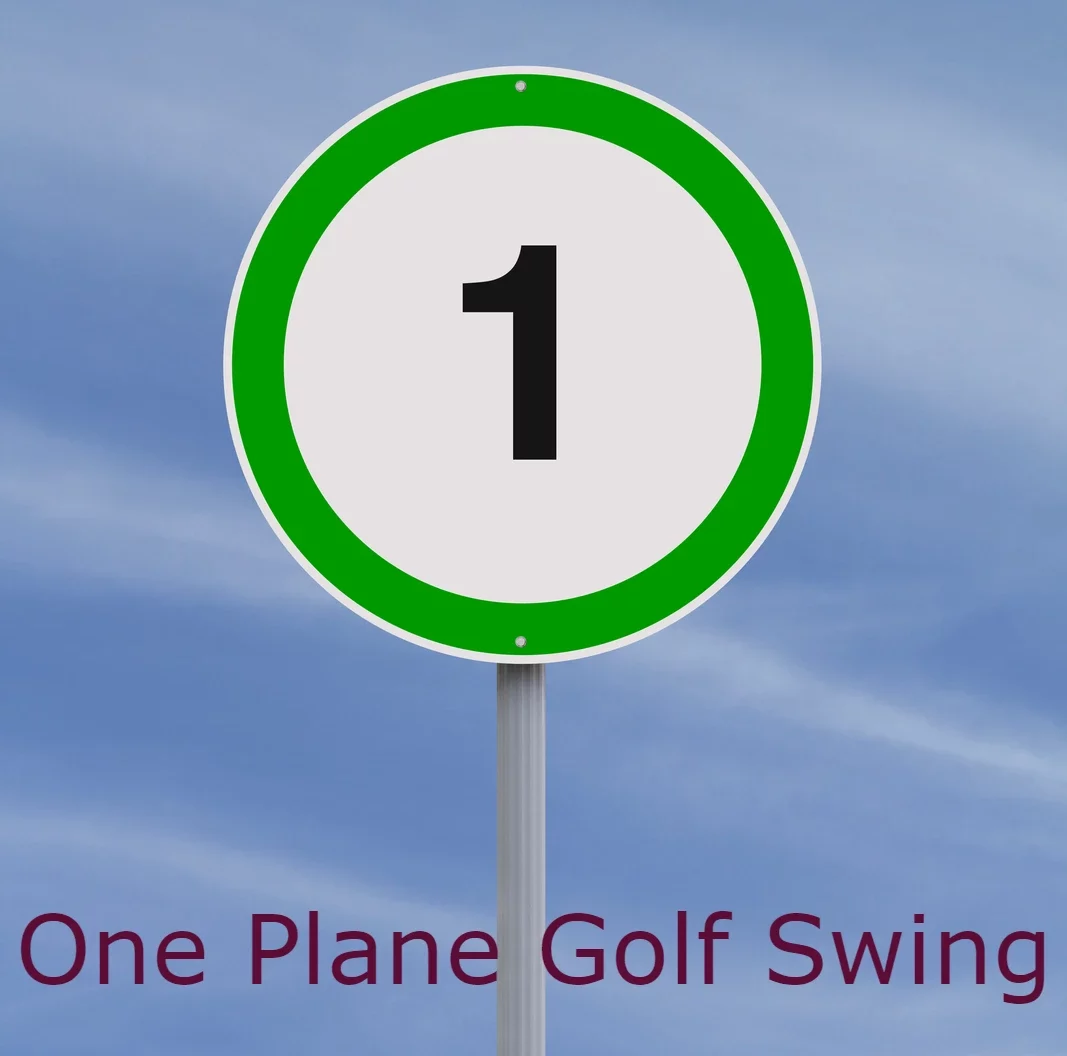- Use video to check your swing
- Work on getting the divot after the ball
- Improve distance without adding swingspeed
One of the things I like to do is watch professional golfers strike the ball. Even better, is to see the ultra HD slow motion swings as the club head goes through impact. It might just be me of course, but it is both deeply satisfying and a great learning experience. Unfortunately, even as a decent ball striker, I know my own swing is probably a long way from this level and I dread to think what an ultra-high definition slow motion shot would show! One thing that is common to all these great golfers is their ability to know how to hit down on the ball. For the rest of us mortal, learning how to get better at this is a massive step in playing better golf.
How to Hit Down on the Ball
You might be wondering just why it is so important to actually have the famous ‘descending blow’ into the ball at all. To be fair, it is perfectly possible to play some reasonable golf without this (and I should know!) However, I would venture to say that nobody is ever getting the best out of the game or approaching low single figures without hatting down into the ball and getting ball first contact.
Feel isn’t Real, especially in the Golf Swing
This isn’t something that you can do by feel alone. As an example, I did’t realise for quite a while that I was actually flipping the ball and almost hitting up on it with my irons. The reason was that I was still hitting the centre of the clubface quite well so feel was good. I was also getting a good bit of distance because my swing speed was quite good too. I was hitting the ball very high and also getting more dispersion than I really felt I should, but I was quite confident that I was looking at least something like the pros that I saw on TV.
I was talking to friend who is a scratch golfer and has a very good eye for the swing about a couple of ball flight issues that were bothering me. His conclusion was that I had a flip going on and wasn’t compressing the ball. I wasn’t convinced but sent him a few slow motion videos of my swing anyway.
He sent me back a few stills that showed he was right and I was wrong! I was, at best neutral going into the ball and generally had an almost positive angle of attack with my irons.
Working on this aspect of my game alone has made a big difference. I don’t always get it right, but I am generally hitting down and squeezing the ball with my hands in front of the club head. The results speak for themselves. I hit the ball high but not in a ballooning way and my distances are generally better with less club head speed than before because I am getting the best out of my swing and a proper launch angle.
So how did I work on this and how can it help you do the same?
Use Video for Swing Feedback
I would say that getting a video of your swing is really important to start. How can you improve on something if you don’t even know where you are coming from? This doesn’t need professional equipment. A modern smart phone is more than capable of doing the job, especially if it has a slow motion feature. Get videos of your swing with various clubs, especially from face on.
A couple of things to bear in mind. Don’t film driver like this, at least not while working on how to hit down on the golf ball. With driver, you need to be hitting up (something I struggle with, which is strange given that it wasn’t a problem with the irons!)
The second thing is that video when watched frame by frame does lie! It can look like the club is bending forward quite a bit and you might think that you are hitting up when really this isn’t the case. I have found that taking a few different videos to compare is usually a good idea and watching each one a few times gives a good idea of what is down to the camera and when it is a swing problem.
There are loads of lessons and ideas out there about how to hit down and I have experimented with quite a few of them, but here are the ones that have helped me most.
Hands in Front, Exit Low
We all know that feel isn’t real, but I have found that having a simple swing thought is really useful in creating a feel that, for me, translates into better swing mechanics. I Have a relatively simple idea in my head and it is to keep my hands in front of the clubhead and then feel like I am keeping the club head low after impact. It is almost like a sweeping motion through he ball.
For me at least, this is something that needs to be taken slowly. I started with half swings and concentrated just on trying to achieve this feeling. I also filmed a lot and gradually got the relationship between what I was feeling and what was actually happening clear in my head. As I got confident with half swings, I gradually lengthened things out a bit. I am generally a fan of a shorter swing anyway, so it was just a case of taking it a bit at a time.
There was one fairly important issue that I had to deal with as I did this. Obviously ball contact is going to be a bit mixed at the start and that is to be expected. However, I also found that it affected how I delivered the club into the ball in terms of face angle and position. The result was that I would sometimes come into the ball almost heel first and hit more than one or two shanks:(
Fortunately, I knew more or less what was going on and I was able to work through the hosel rockets, but it is not a comfortable thing to experience at all. Generally, it happened when I was exaggerating the hands forward motion which led to me turning the club face very open and either splaying it miles right or actually hitting the hosel.
Swing Changes Take Time
The key thing I realized is that hitting down on the ball is relative. I couldn’t go from almost hitting up on the ball to compressing it like a pro with fair degree of shaft lean. My transition meant that the first thing was maybe a shaft that was slightly forward of vertical and a degree or two down. In fact, I think this makes sense for most of us. Trying for pro numbers in terms of angle of attack etc is a hiding to nothing. Simply getting towards them is already a massive step.
The second thing that worked well was simply getting the divot after the ball. The only way to do this by hitting down on the ball and getting the low point of the swing happening after impact. Once again, there are probably a million and one methods to do this, but I found that the simplest worked best and was also the easiest to actually quantify.
Use a Line and Work on the Divot
On the range (or even on the course if it was quiet) I Marked out a line. Either side of my ball. I did this by planting tees either side, but not too close to be distracting. I did something like a foot/30 cm either side. In a perfect world, you would mark the line between these tees through the ball with something like paint or chalk, but I never did this. I found it easy enough to see a straight line between them.
The rest is straightforward. Place the ball on the imaginary line between the tees and then hit it. After every shot (again, filming is good) check where the divot is. It should start after the line. If it doesn, you are hitting down because in my experience it is impossible to scoop or hit up and make a divot after the strike location.
As with the advice above, don’t get too extreme. Professional golfers might well have divots starting 4-6 inches after the ball. Even I get this sometimes! However, good enough is good enough I find. This means that if there is even an inch or two between ball and divot, you are on the right track and this is usually enough to create a solid descending impact in to the ball.



